Disclosure:
Thank you for reading this post, don't forget to subscribe!
Some of the links on this website are affiliate links. This means that if you click on the link and make a purchase, we may receive a small commission at no extra cost to you. Your support helps us keep the site running.Learn more on my Privacy Policy and Affiliate Disclosure page. Thank you for your support!

Creating a personalized fitness plan is crucial for achieving your specific health and fitness goals. A tailored approach ensures that your workouts are effective, enjoyable, and sustainable, leading to better results and long-term adherence. In this guide, we’ll walk you through the steps to design a fitness plan that suits your needs and helps you stay motivated on your fitness journey.
Understanding Your Fitness Goals
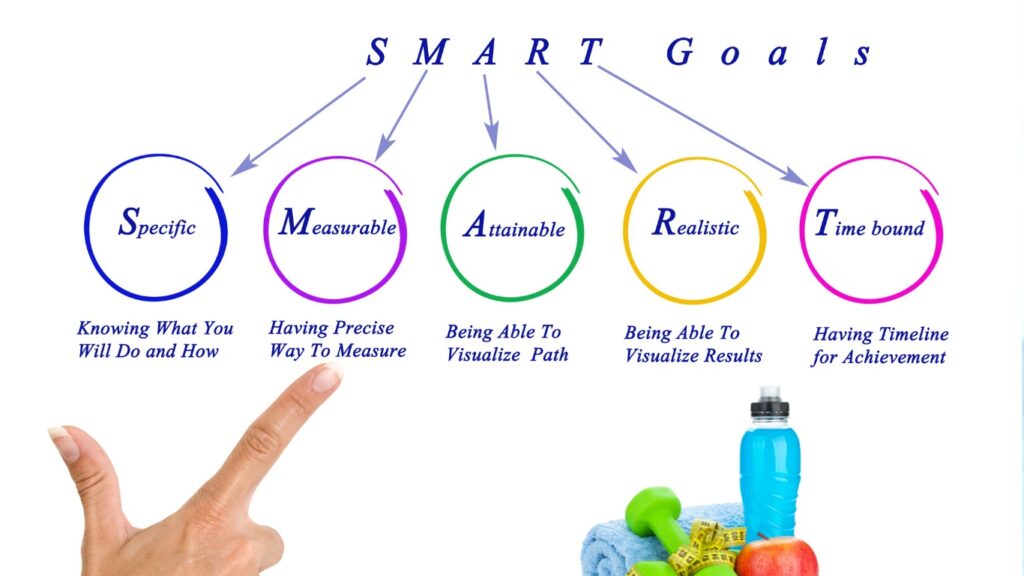
Setting clear and realistic fitness goals is the first step in creating a personalized fitness plan. Start by identifying what you want to achieve—whether it’s weight loss, muscle gain, improved endurance, or overall health. Make sure your goals are SMART (Specific, Measurable, Achievable, Relevant, and Time-bound). Consider both short-term and long-term objectives to keep yourself motivated and on track.
Read next: Targeting Specific Muscle Groups: How to Balance Chest and Back Workouts-to incorporate targeted exercises into your fitness plan.
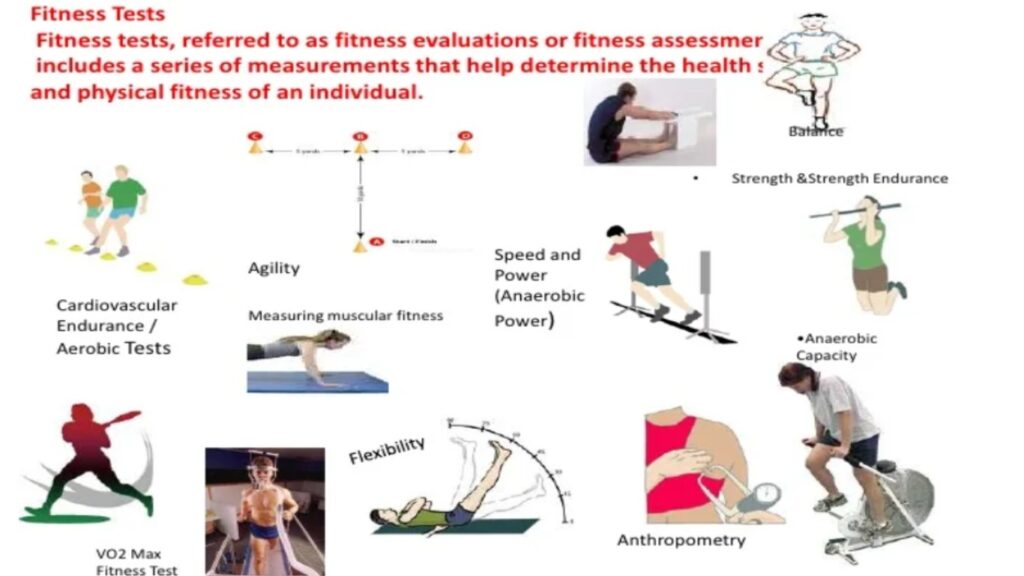
Assessing Your Current Fitness Level
Before starting any fitness plan, it’s essential to assess your current fitness level. This can be done through various fitness tests, such as measuring your cardiovascular endurance, strength, flexibility, and body composition. Tracking your progress from the beginning will help you see improvements over time and make necessary adjustments to your plan.
Determining Your Exercise Preferences
Your fitness plan should include activities that you enjoy to ensure consistency. Identify the types of exercises you prefer, whether it’s running, cycling, weightlifting, yoga, or a combination of different activities. Balancing different types of exercises will provide a comprehensive workout routine that addresses all aspects of fitness.
Creating a Balanced Workout Schedule
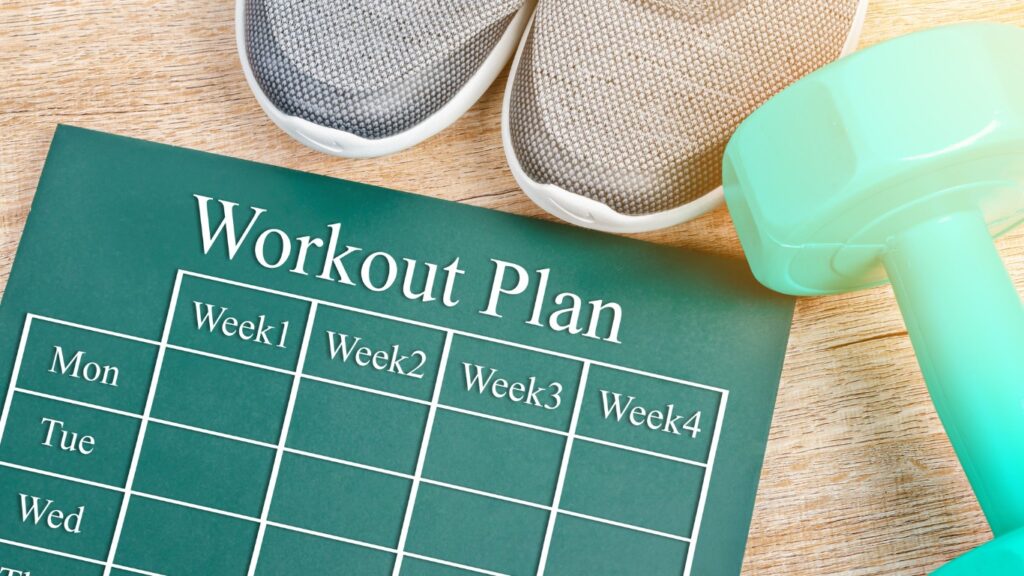
A well-rounded fitness plan includes a mix of cardiovascular exercise, strength training, and flexibility workouts. Design a weekly workout schedule that fits your lifestyle and allows for sufficient recovery time. Aim for at least 150 minutes of moderate-intensity aerobic activity or 75 minutes of vigorous-intensity activity per week, along with muscle-strengthening activities on two or more days a week.
find out more about: Explore how to create an effective fitness plan-Choosing the right workout plan is essential if you have a fitness goal.
Incorporating Cardiovascular Exercise
Cardio exercises are essential for improving heart health and burning calories. Choose activities such as running, swimming, cycling, or dancing that you enjoy. Aim for at least 30 minutes of moderate-intensity cardio on most days of the week, or 20 minutes of vigorous-intensity cardio on three days per week.

Adding Strength Training to Your Plan
Strength training helps build muscle, increase metabolism, and improve bone density. Include exercises that target all major muscle groups, such as squats, deadlifts, bench presses, and rows. Aim to perform strength training exercises at least twice a week, with a focus on gradually increasing the weight and intensity.
Including Flexibility and Mobility Workouts
Flexibility and mobility exercises are crucial for preventing injuries and maintaining a full range of motion. Incorporate stretching routines, yoga, or Pilates into your weekly plan. Spend at least 10-15 minutes stretching after each workout and dedicate a full session to flexibility exercises at least once a week.
Designing a Progressive Overload Plan
Progressive overload is the key to continuous improvement in your fitness journey. This principle involves gradually increasing the intensity, volume, or frequency of your workouts to challenge your body and promote growth. Track your progress and adjust your plan by adding more weight, increasing repetitions, or trying more challenging exercises.
Planning Rest and Recovery
Rest and recovery are as important as the workouts themselves. Schedule regular rest days to allow your muscles to repair and grow. Incorporate active recovery activities, such as light walking or stretching, on rest days to keep your body moving without straining it.
Nutrition and Hydration for Optimal Performance
Proper nutrition and hydration are vital for achieving your fitness goals. Focus on a balanced diet that includes all macronutrients—carbohydrates, proteins, and fats. Stay hydrated by drinking plenty of water throughout the day, especially before, during, and after workouts. Consider consulting a nutritionist to create a meal plan that complements your fitness routine.r.
learn more about: Fuel Your Fitness-How to Create a Balanced Meal Plan for Your Goals
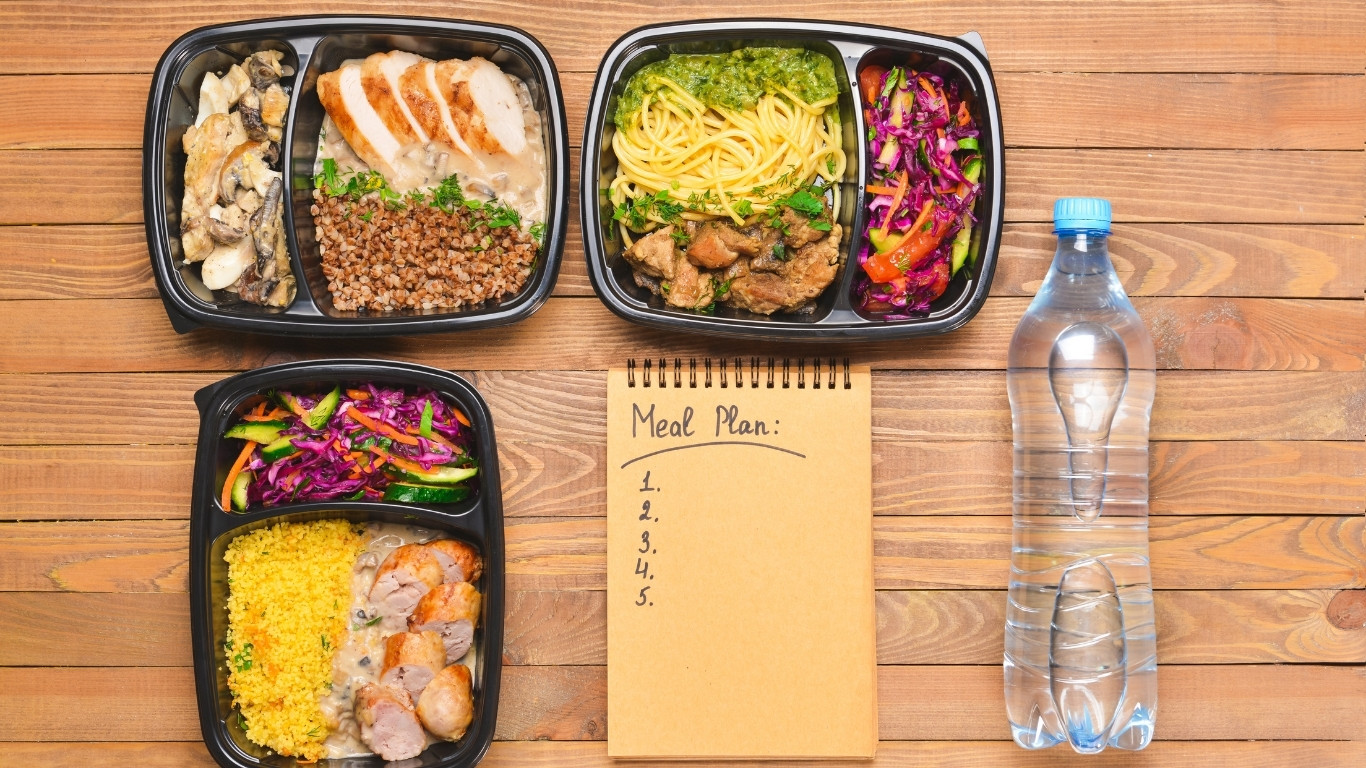
Tracking Your Progress and Adjusting Your Plan
Regularly tracking your progress helps you stay motivated and make necessary adjustments to your fitness plan. Use fitness apps, journals, or spreadsheets to record your workouts, measurements, and achievements. Review your plan every few weeks and make changes based on your progress and any new goals you set.
Staying Motivated and Overcoming Plateaus
Staying motivated is crucial for long-term success. Set mini-goals, reward yourself for achievements, and find a workout buddy or join a fitness community for support. If you hit a plateau, change your routine by trying new exercises, increasing intensity, or taking a short break to recharge.
Utilizing Fitness Professionals and Resources
Working with fitness professionals, such as personal trainers or coaches, can provide valuable guidance and support. They can help you create an effective plan, correct your form, and keep you accountable. Additionally, utilize online resources, fitness apps, and social media groups to find new workouts and stay motivated.
Incorporating Lifestyle Changes
Integrate fitness into your daily life by making small, sustainable changes. Take the stairs instead of the elevator, walk or bike to work, and find active hobbies you enjoy. Focus on creating a balanced lifestyle that supports your fitness goals without feeling like a chore.
Safety Considerations and Injury Prevention
Safety should always be a priority when working out. Warm up before each session and cool down afterward to prevent injuries. Listen to your body and avoid pushing through pain. Learn proper techniques for all exercises and consider consulting a professional if you’re unsure.
Check this out: Personal Fitness Success Stories-for inspiration from those who’ve crafted their own successful fitness plans.
Special Considerations for Different Populations
Tailor your fitness plan to your specific needs and abilities. Beginners should start with basic exercises and gradually increase intensity. Older adults may need to focus more on balance and flexibility. Individuals with specific health conditions should consult a healthcare provider before starting a new fitness regimen.
Case Study: Example Fitness Plan
Weight Loss Fitness Plan
Goal: Reduce body fat and improve overall fitness.
Weekly Workout Schedule:
| Day | Activity |
|---|---|
| Monday | Cardio (HIIT) – 30 minutes |
| Tuesday | Strength Training (Full Body) – 45 minutes |
| Wednesday | Cardio (Steady-State) – 45 minutes |
| Thursday | Strength Training (Upper Body) – 45 minutes |
| Friday | Cardio (HIIT) – 30 minutes |
| Saturday | Strength Training (Lower Body) – 45 minutes |
| Sunday | Active Rest (Yoga or Light Walk) – 30 minutes |
Types of Exercises:
- Cardio (HIIT): Jumping jacks, burpees, high knees, sprints.
- Cardio (Steady-State): Running, cycling, rowing.
- Strength Training (Full Body): Squats, push-ups, lunges, planks.
- Strength Training (Upper Body): Dumbbell press, rows, bicep curls, tricep dips.
- Strength Training (Lower Body): Deadlifts, leg press, calf raises, glute bridges.
- Active Rest: Gentle yoga, light walking.
Progression Strategies:
- Cardio: Increase intensity by reducing rest periods during HIIT or increasing speed/resistance during steady-state cardio.
- Strength Training: Gradually increase weights or resistance every 2-3 weeks.
- Flexibility: Incorporate dynamic stretches before workouts and static stretches after.
Muscle Gain Fitness Plan
Goal: Build muscle mass and increase strength.
Weekly Workout Schedule:
| Day | Activity |
|---|---|
| Monday | Strength Training (Chest & Triceps) – 60 minutes |
| Tuesday | Strength Training (Back & Biceps) – 60 minutes |
| Wednesday | Cardio (Low Intensity) – 30 minutes |
| Thursday | Strength Training (Legs) – 60 minutes |
| Friday | Strength Training (Shoulders & Abs) – 60 minutes |
| Saturday | Active Rest (Light Activity) – 30 minutes |
| Sunday | Rest Day |
Types of Exercises:
- Chest & Triceps: Bench press, incline dumbbell press, tricep extensions, dips.
- Back & Biceps: Pull-ups, barbell rows, bicep curls, lat pull-downs.
- Legs: Squats, deadlifts, leg press, hamstring curls.
- Shoulders & Abs: Overhead press, lateral raises, crunches, planks.
- Cardio: Brisk walking, light jogging.
Progression Strategies:
- Strength Training: Increase weight by 5-10% every 2-3 weeks as strength improves.
- Volume: Add sets or repetitions as you adapt to the current workload.
- Rest: Ensure adequate rest between sets (2-3 minutes) and workouts to allow muscle recovery.
General Fitness Plan
Goal: Maintain overall health and fitness with a balanced approach.
Weekly Workout Schedule:
| Day | Activity |
|---|---|
| Monday | Cardio (Moderate Intensity) – 30 minutes |
| Tuesday | Strength Training (Full Body) – 45 minutes |
| Wednesday | Flexibility/Mobility (Yoga) – 30 minutes |
| Thursday | Cardio (Moderate Intensity) – 30 minutes |
| Friday | Strength Training (Full Body) – 45 minutes |
| Saturday | Active Rest (Outdoor Activity) – 60 minutes |
| Sunday | Rest Day |
Types of Exercises:
- Cardio: Running, cycling, swimming at a moderate pace.
- Strength Training (Full Body): Bodyweight exercises, resistance band workouts, kettlebell routines.
- Flexibility/Mobility: Yoga, dynamic stretches, foam rolling.
- Active Rest: Hiking, playing a sport, leisurely bike ride.
Progression Strategies:
- Cardio: Gradually increase duration or intensity as endurance improves.
- Strength Training: Increase resistance or complexity of exercises (e.g., moving from bodyweight to weighted exercises).
- Flexibility: Include a variety of stretching techniques and hold stretches longer as flexibility improves.
Sample Plan: SMART
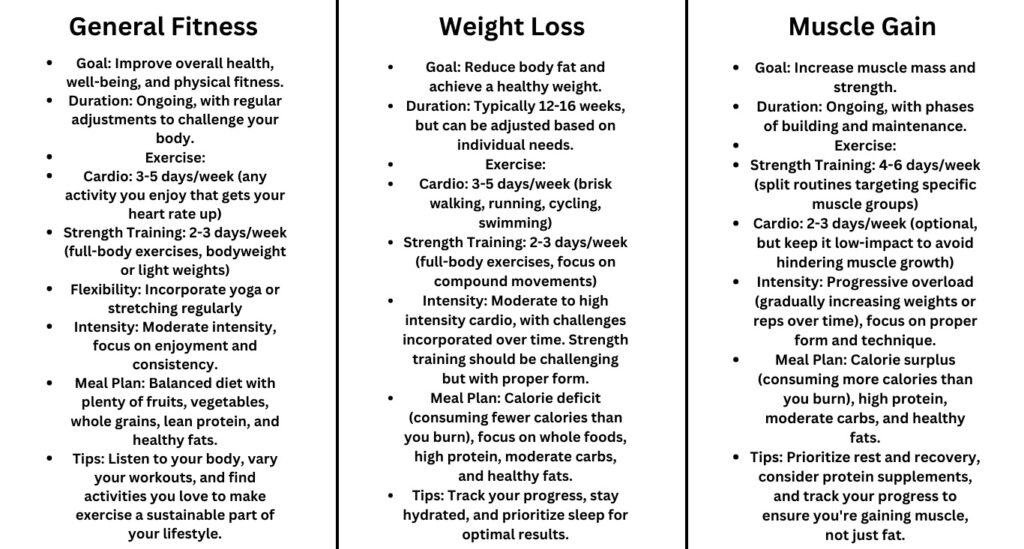
FAQs About Personalized Fitness Plans
How do I start a personalized fitness plan?
Starting a personalized fitness plan involves several key steps. Begin by setting clear and specific fitness goals, such as weight loss, muscle gain, or improved cardiovascular health. Assess your current fitness level through various tests like measuring endurance, strength, and flexibility. Identify your exercise preferences to ensure that you enjoy your workouts and are more likely to stick with them. Create a balanced workout schedule that includes a mix of cardiovascular exercise, strength training, and flexibility workouts. Finally, consider consulting a fitness professional or using online resources to guide you through the process and help you design an effective plan.
What are the benefits of a tailored fitness plan?
A tailored fitness plan offers numerous benefits. It ensures that your workouts are specifically designed to meet your individual goals, which increases the likelihood of success. Personalized plans also take into account your current fitness level, exercise preferences, and any limitations or health conditions you may have. This customized approach reduces the risk of injury and burnout, keeps you motivated, and makes your fitness journey more enjoyable and sustainable. Additionally, tailored plans allow for gradual progression, helping you achieve long-term results.
How often should I update my fitness plan?
It’s important to update your fitness plan regularly to ensure continuous progress and avoid plateaus. As a general rule, you should review and adjust your plan every 4-6 weeks. This allows you to incorporate new exercises, increase the intensity or volume of your workouts, and align your plan with any changes in your fitness goals. Pay attention to your body’s feedback and track your progress to determine when adjustments are needed. If you experience a plateau or lose motivation, it may be time to introduce new challenges or changes to your routine.
Can I create a fitness plan without a personal trainer?
Yes, you can create a fitness plan without a personal trainer. While a trainer can provide valuable expertise and personalized guidance, there are many resources available to help you design an effective fitness plan on your own. Start by researching fitness fundamentals, including different types of exercises and proper techniques. Use online workout programs, fitness apps, and reputable websites to gather information and create a balanced plan. Consider joining fitness communities or forums to seek advice and support from others who share similar goals. However, if you have specific health concerns or need extra motivation, working with a personal trainer might be beneficial.
What should I do if I hit a plateau?
Hitting a plateau is a common challenge in any fitness journey. When progress stalls, it’s important to reassess your fitness plan and make necessary changes. Start by varying your workout routine to introduce new challenges. This can include changing the type of exercises, increasing the intensity, or altering the frequency and duration of your workouts. Incorporate progressive overload by gradually increasing the weight, resistance, or repetitions. Pay attention to your nutrition and ensure you’re fueling your body properly. Rest and recovery are also crucial, so make sure you’re allowing enough time for your body to heal and grow. Lastly, consider consulting a fitness professional for personalized advice and strategies to overcome the plateau.
How important is nutrition in a fitness plan?
Nutrition plays a critical role in any fitness plan. Proper nutrition provides the energy needed for workouts, supports muscle growth and recovery, and helps maintain overall health. A balanced diet that includes a mix of carbohydrates, proteins, and fats is essential for optimal performance. Carbohydrates fuel your workouts, proteins aid in muscle repair and growth, and fats support various bodily functions. Hydration is equally important, as it helps maintain energy levels and supports overall bodily functions. Tailoring your nutrition to your fitness goals can enhance your results, whether you’re aiming for weight loss, muscle gain, or improved endurance. Consider consulting a nutritionist to create a meal plan that complements your fitness routine.
explore more from morningscape mindset media:
- Gut Health Decoded: How Your Microbiome Shapes Energy, Mood, and Immunity
- The Science of Stillness: How Doing Nothing Can Heal Your Mind and Body
- Are You a Late-Night Snacker? 5 Possible Reasons Why You Can’t Stop Craving Food at Night
- The Ultimate Fat-Loss + Muscle Retention Blueprint (For Men)
- Smart Biceps Training: A Science-Backed Blueprint for Bigger, Stronger Arms
Conclusion
Creating a personalized fitness plan is the key to achieving your fitness goals in an effective and enjoyable way. By understanding your goals, assessing your fitness level, and designing a balanced workout schedule, you can create a plan that works for you. Stay motivated, track your progress, and make adjustments as needed to ensure long-term success.g..
Ready to Transform Your Fitness Journey?
Take the first step today by creating your personalized fitness plan using our comprehensive guide. Whether your goal is weight loss, muscle gain, or overall fitness, our detailed steps and tips will help you succeed.
Share this article with your friends and family who are also looking to improve their fitness!
Stay updated with the latest fitness tips, workout routines, and motivational content by following us on social media. Click the links below to join our community and be a part of a supportive network of fitness enthusiasts:
Let’s achieve our fitness goals together!
more about:
HEALTH / WELLNESS / FITNESS / NUTRITION







